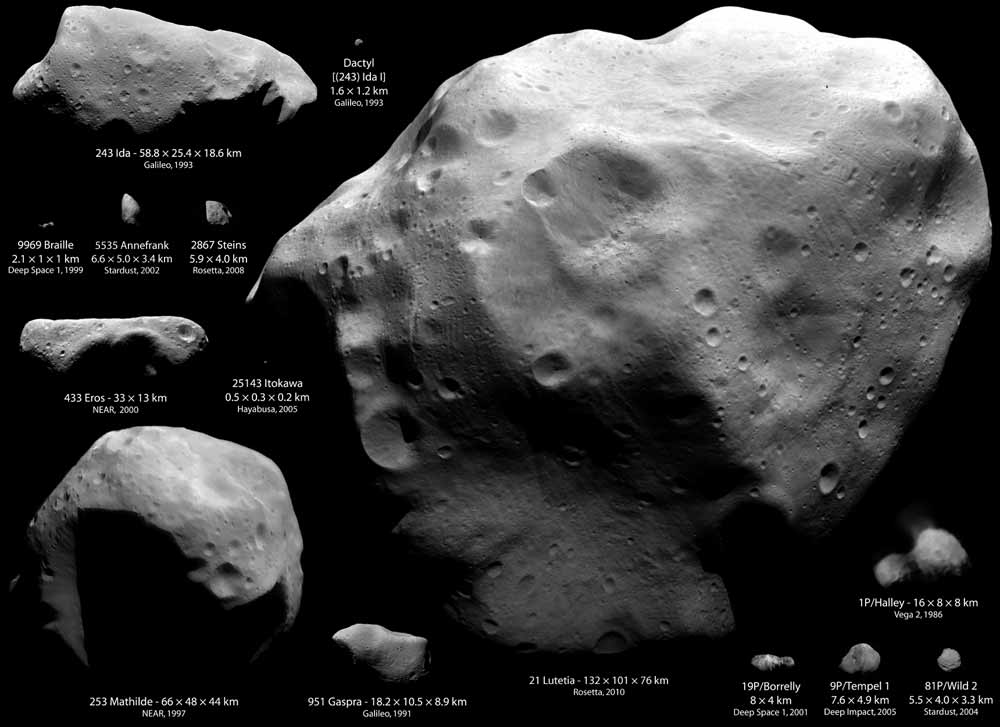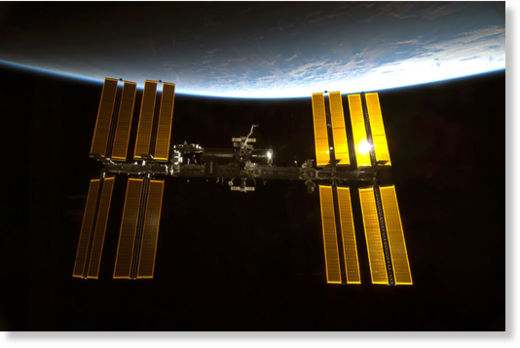CBET 3069 and
M.P.E.C. 2012-F87, issued on 2012, March 25, announced the discovery of a periodic comet by A. R. Gibbs on Mar. 22.8, through the Mount Lemmon 1.5-m reflector. On his images, Gibbs, found a stellar coma and a long, narrow tail about 7'.4 long in p.a. 292.5 deg. The new object has been designated P/2012 F5 (GIBBS) by the Minor Planet Center.
We tried its follow up at first on 2012, March 23.8, when this object was still listed in the NEO-CP webpage as "TF85899". We operated from the Malina River Observatory (Povoletto, Italy) through a 0.3-m, f/4.7 reflector + CCD, under a hazy sky. On our stackings we found a faint and narrow, streak, about 2-arcmin long, oriented toward PA 295 deg.
This feature was very close to the expected position of "TF85899" however, due to its faintness (R about 19.2) and curious shape, we suspected it might be a noise, rather than a real object, so we decided to go for a second night of follow-up, just to make sure. On 2012, Mar. 25.8, we repeated the observations of this object with the same set-up, and found again an odd aspect: kind of elongated and narrow tail, at least 30" long, toward PA300 (in these images we suspected that the tail might be longer than this, however our observations were hampered by a bright, nearby field star). The central condensation was very difficult to locate, hampering its precise astrometric measurement.




Comment: SOTT wonders what is UP with all the recent alleged man-made space objects either falling out of the sky, or forcing astronauts to take shelter in lifeboats? Is it possible that it is not really "space junk" and such explanations are being offered to cover up the fact that the planet is being subjected to cometary fragment bombardment?